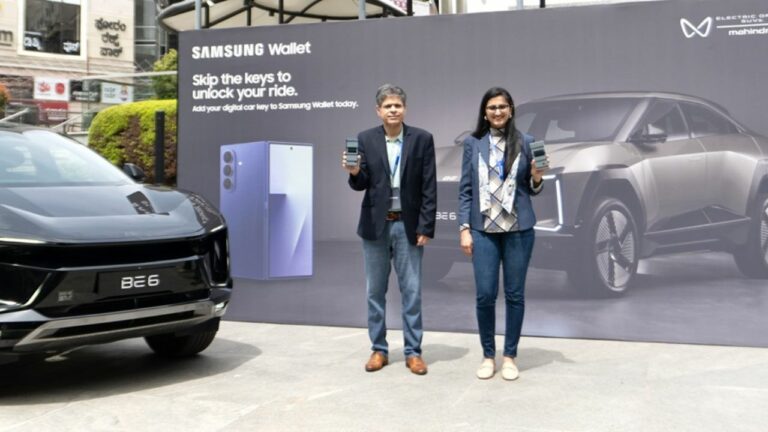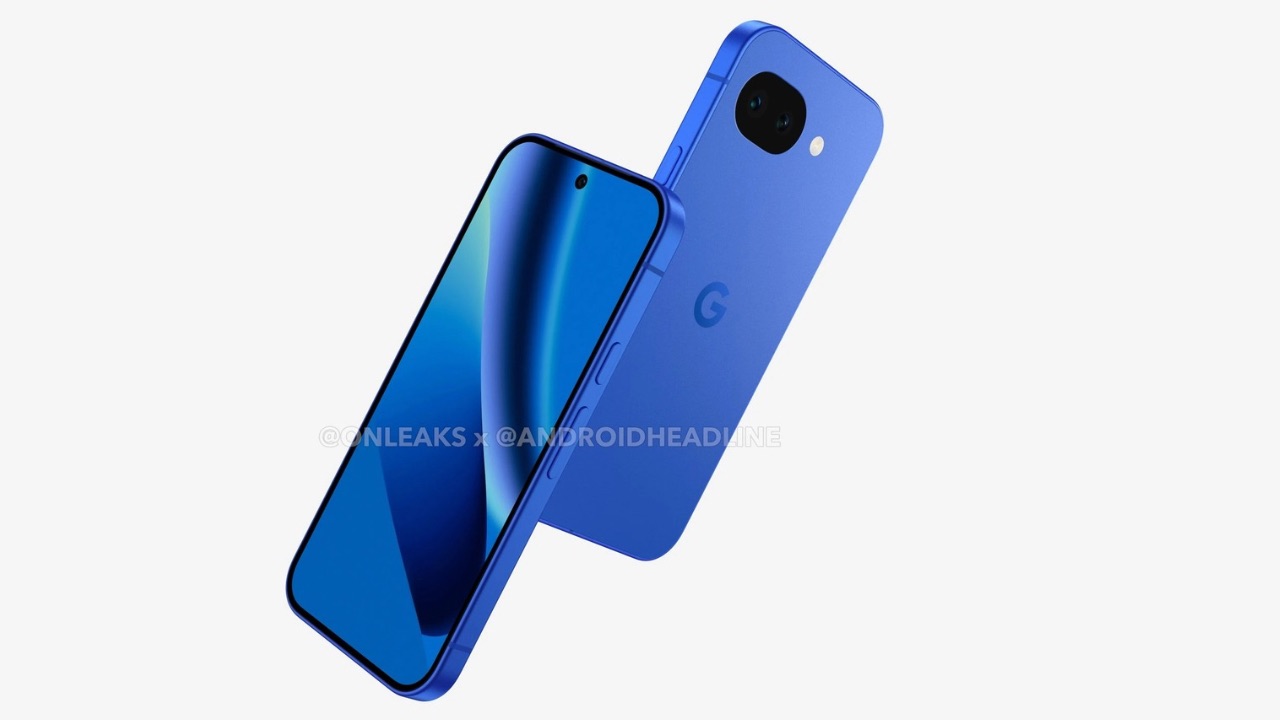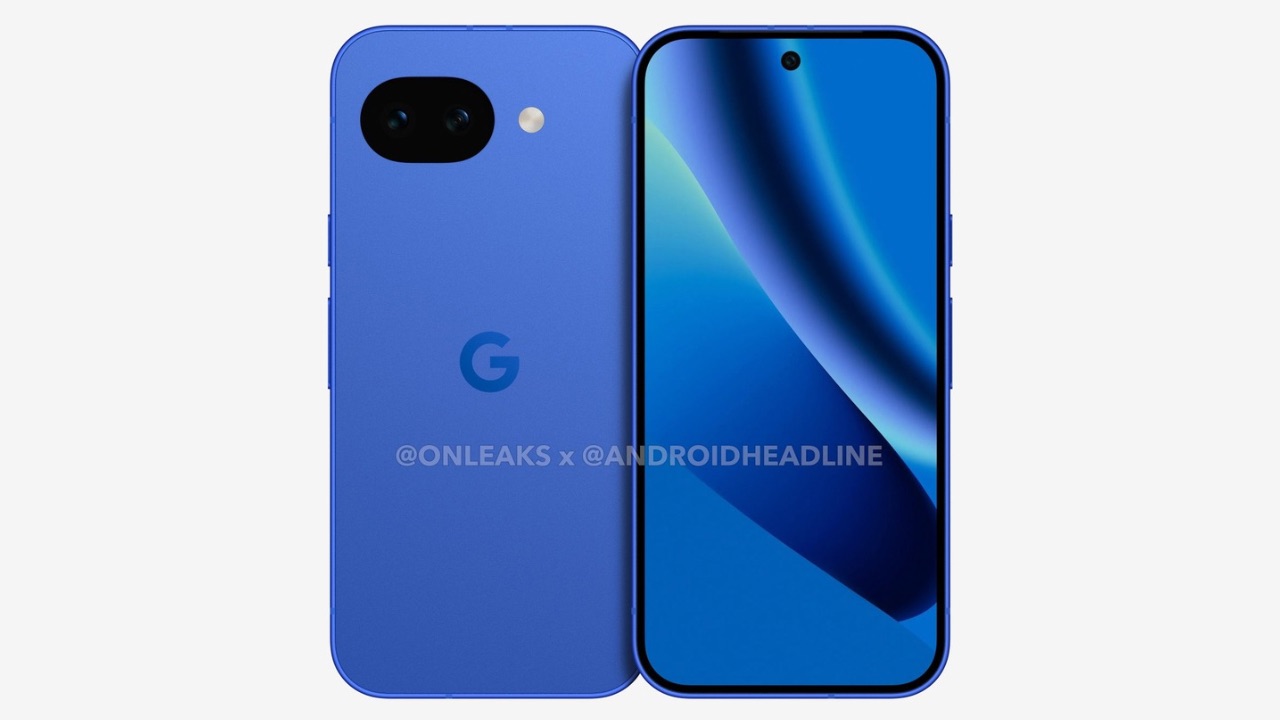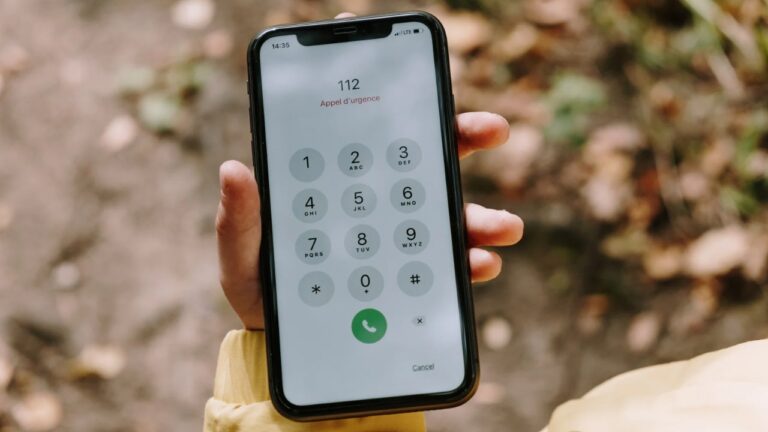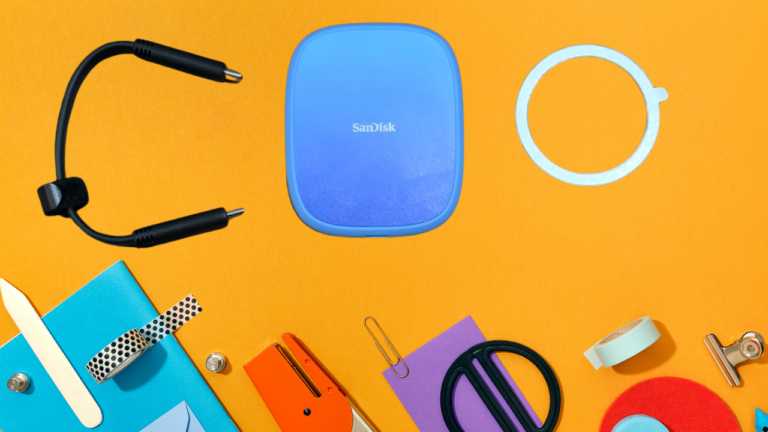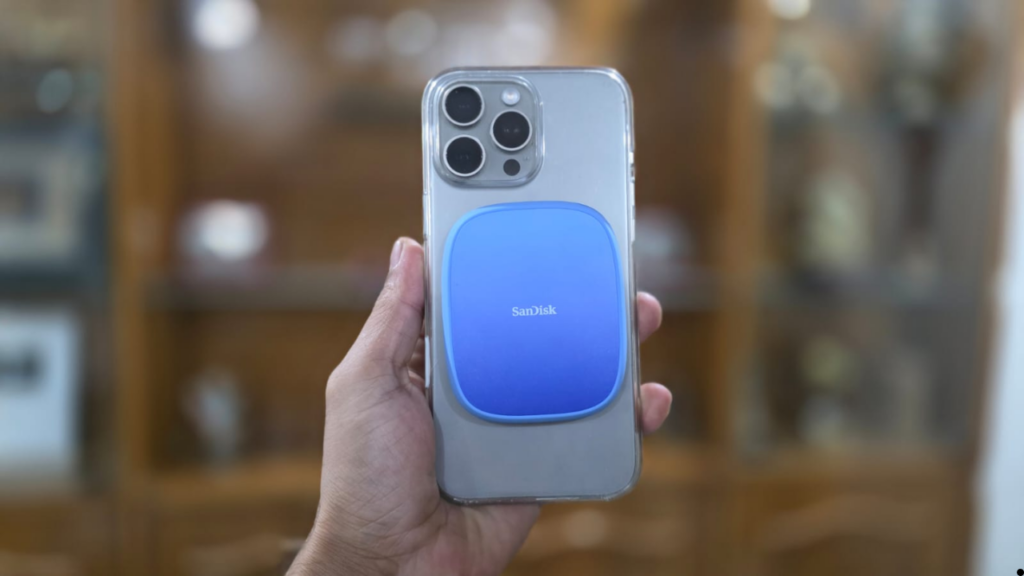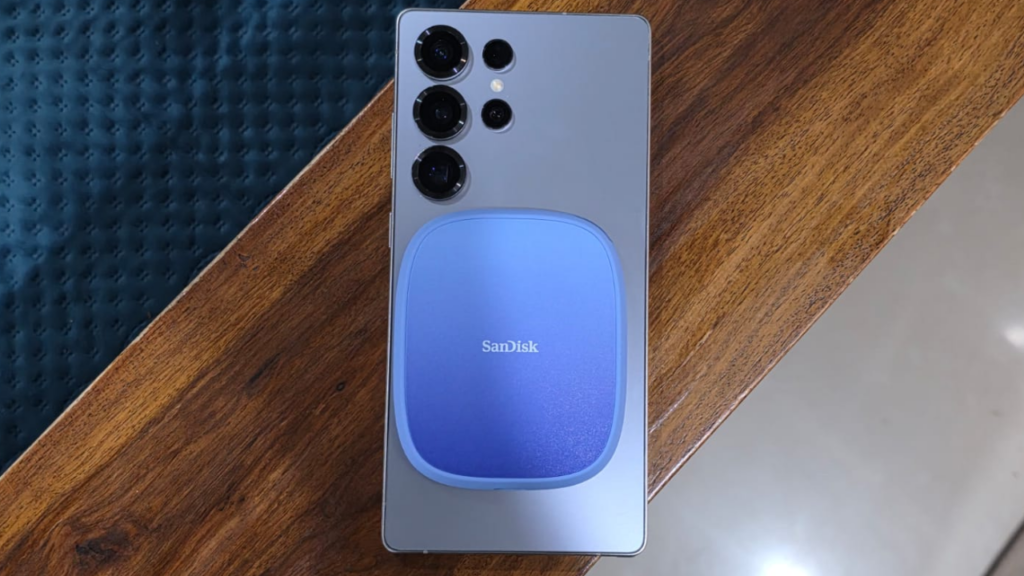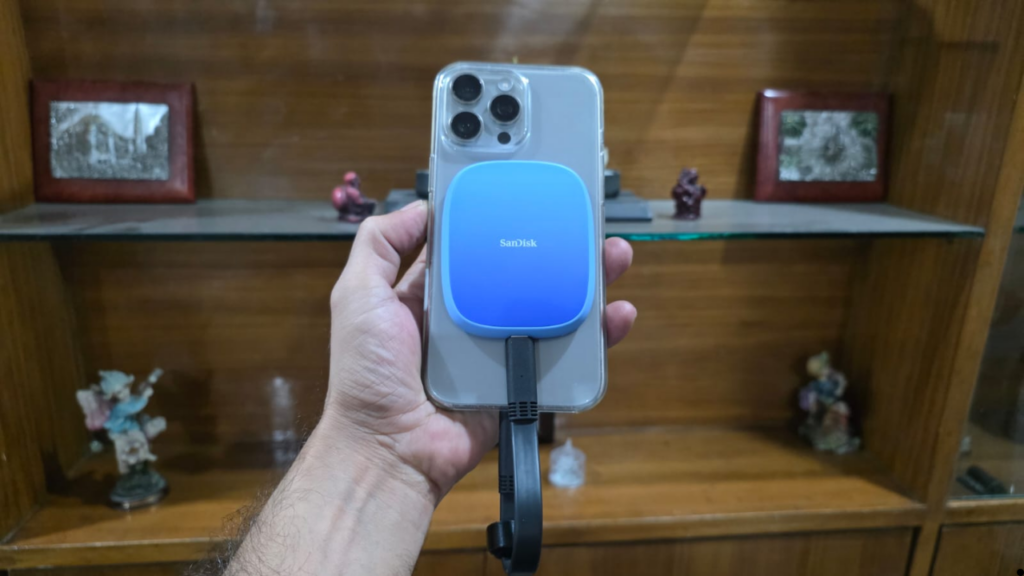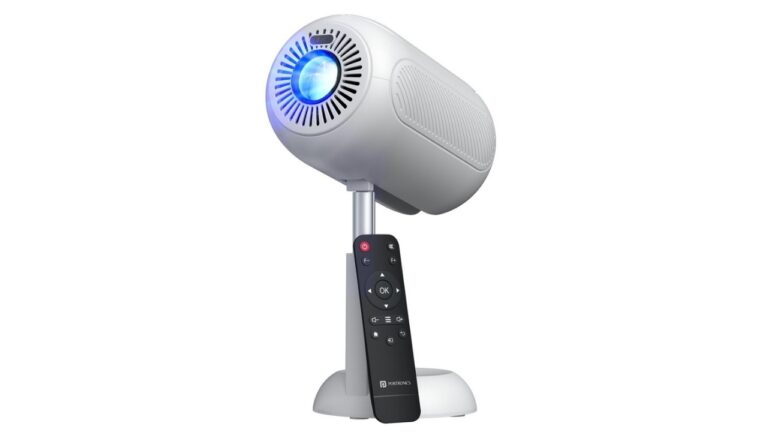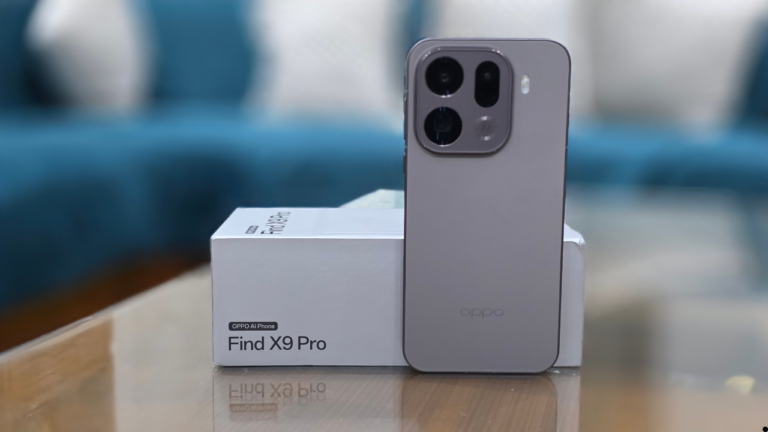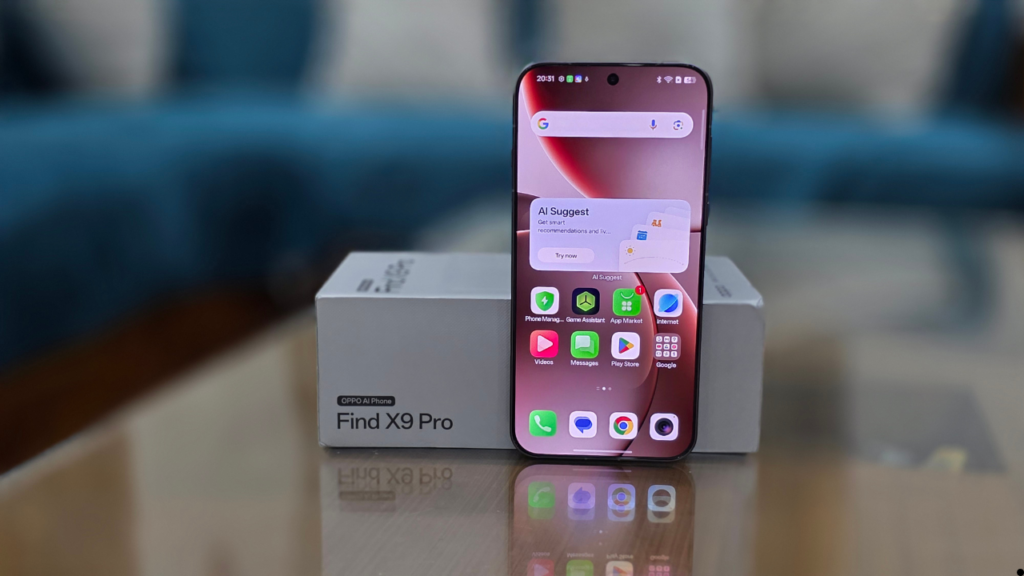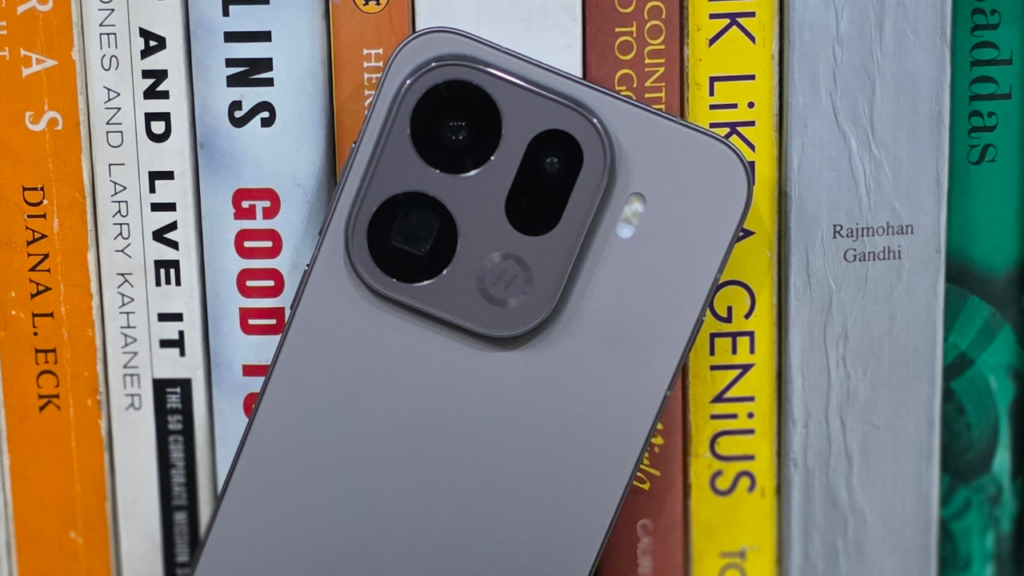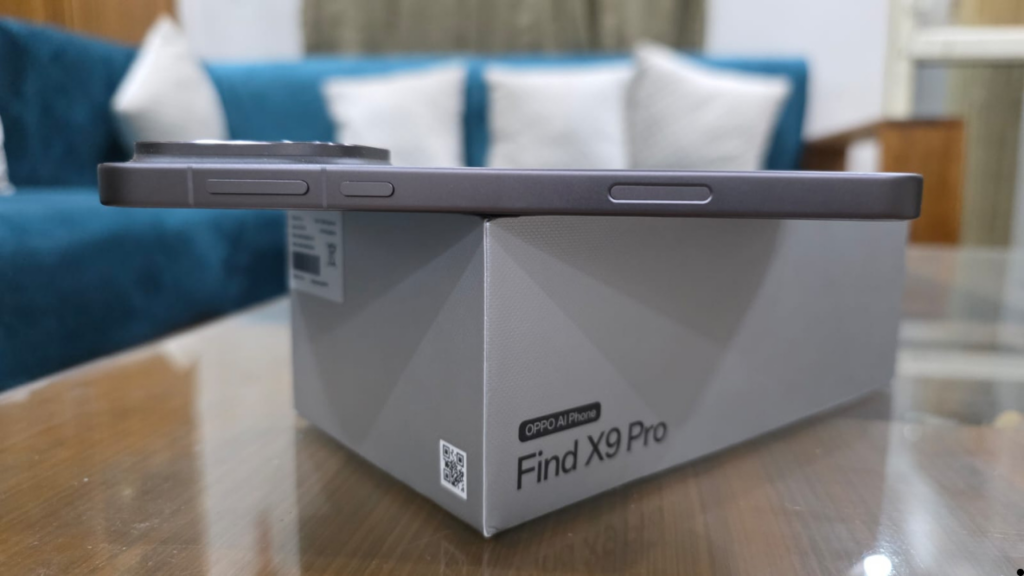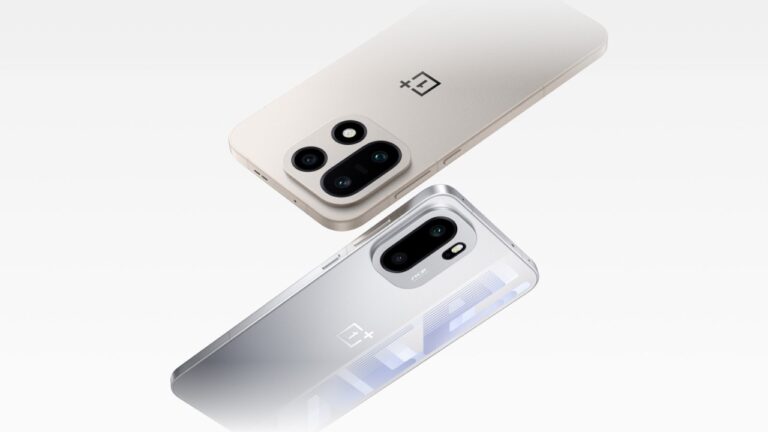Samsung India has announced car key support for Mahindra Electric SUVs in Samsung Wallet. Mahindra Group is the first Indian original equipment manufacturer (OEM) to integrate the Digital Car Key feature with Samsung Wallet. This feature has been available in global markets from high-end Auto OEMs like BMW, Audi, and more.
With car key support for Mahindra Electric SUVs in Samsung Wallet, users can make use of their Galaxy smartphones to unlock, lock, and start their vehicles. Built directly into Galaxy devices, Samsung Wallet’s Digital Car Key lets users lock, unlock and start the paired vehicle without a physical key.
Users can also share their Digital Car Key with friends and family for limited time period, managing access as needed. Should a device containing a Digital Car Key be misplaced or stolen, users can remotely lock their device or delete their data including the Digital Car key via the Samsung Find service, further safeguarding their vehicles.
Read More: Samsung Launches First-Ever Perplexity AI TV App
With biometric or PIN-based user authentication requirements, Samsung Wallet protects the vehicle, ensuring privacy and security while using the feature. Samsung Wallet is a versatile platform that allows Galaxy users to organize Digital Keys, Payment methods, Identification cards and more in one secure application.
As for availability, car key support for select Mahindra Electric SUVs will roll out soon in India. The list of vehicles should include Mahindra’s BE 6 and BE 9.
In related news to Samsung, the company announced the Galaxy XR earlier this month. Galaxy XR is the first product built on the new Android XR platform, which has Gemini embedded. With Gemini integrated at the system level, Galaxy XR acts as a new type of AI companion that helps users manage their tasks, delivering natural and intuitive interactions through voice, vision, and gesture.


